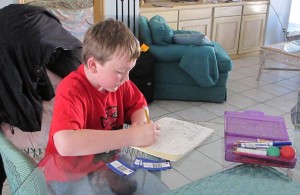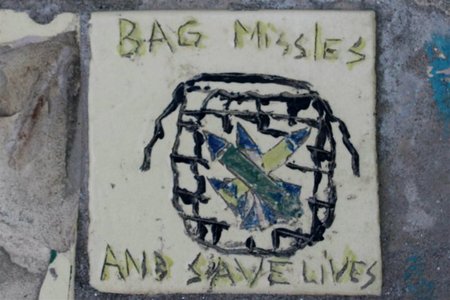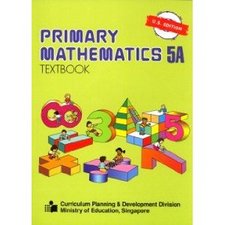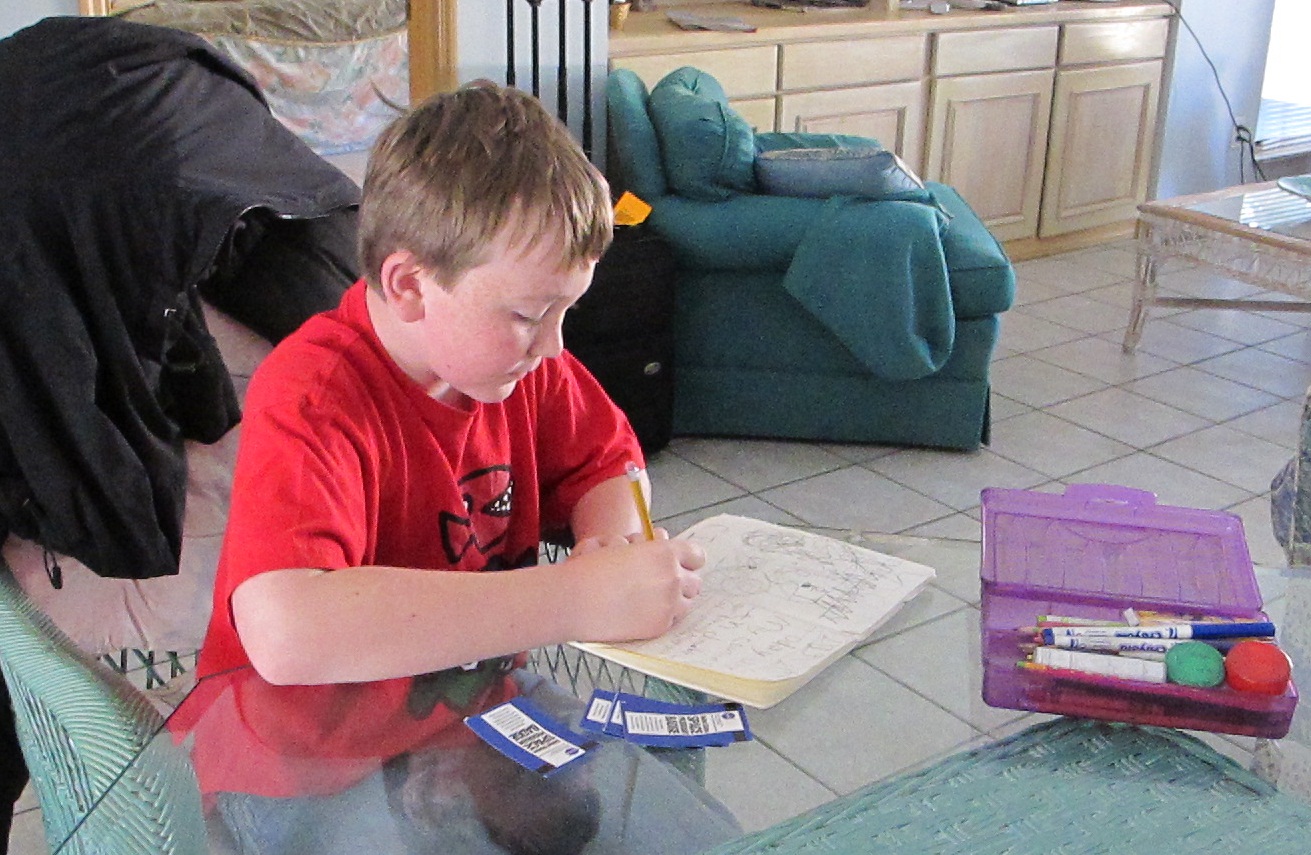
We have started detailed planning for our family’s around the world trip. Since we’ll be taking CAM and BigB out of school for this trip, the decisions about how to manage schooling on the road are the first and most important part of our pre-trip planning. I hope the sections below are helpful for anyone considering a similar endeavor.
How Is Your Child Doing At School Now?
The fact the both our children are doing very well in school is one of the reasons why we are even considering taking this trip. They are avid readers, very capable in math and fascinated by the sciences – but neither of them likes to write. BigB can take disruptions in his school schedule in his stride and rarely struggles to get back into the routine of school after traveling. On the other hand, this has always been an issue for CAM.
Home-Schooling
Initially, my husband was willing to take a year out completely and not even attempt to follow any school curriculum during our around the world trip. I was prepared to research what was required for “the basics”, reading, writing and math and to try to keep up a routine of grade-level work with each of the boys. We went back and forth a bit and eventually decided that with my plan, our year could easily degrade into daily or weekly arguments between our children and me over homework. We decided to take a year out and avoid homework battles. With our decision made, we sat down to talk to our children.
Involve Your Children In Your Decision
This is very appropriate for us with a nine-year-old and a 13-year-old and you might think that this is a step you could skip with younger children, but I caution against doing so. Due to family commitments, our children have regularly missed two or three weeks of school during the academic year almost every year since they each started school. Even when CAM was a Kindergartener, involving him in the discussion with his teacher about his assigned work for the trip we took that year was beneficial in that he was then more willing to do the actual work.
A few months ago, we brought up the subject of schooling during our family world trip with the boys. We explained that we’d considered the options and had decided that the easiest path was for them to re-enter school in September 2011 at 5th and 9th grade respectively. Their reaction was truly surprising: they howled, shocked to the core that they’d be with “they little kids” (one grade level below, seriously?). It turned out that maintaining grade level so that they could re-start school with their existing peers was critically important to them. We explained that this would mean that they would have to commit to doing schoolwork on the road and accept that Mom and Dad would have to be ‘like teachers’ some of the time. We’re each not done with absorbing the practical implications of this decision and I’m still nervous about the potential for disagreements over schoolwork souring our trip. That said, at last review, Dad will be ‘Mr.Math And Science’, Mom will be ‘Ms. Yucky, Language Arts’ and reading will be a given for everyone.
Research Grade-Level Standards For Your School System
In order to keep our children at grade level while we’re traveling, we need to know what those standards are in advance. We’re lucky, because in Washington state, the Curriculum, Learning Standards and reviews of teaching materials are all online. We’re currently investigating how to implement this, whether to bundle the chapters of each book into monthly chunks and have someone mail them to us as we need them or whether to use digital copies of all the books. We’ll probably go with the latter where possible. I experimented with this in my recent trip to Australia with the kids. BigB initially balked at reading his school-books on the computer and doing his homework using Notepad, but was suitably digitally adjusted by the time we were on our way home. When we were waiting for our last flight in LAX, the sight of him working away on a netbook earned him many approving glances from the people sitting around us (you only had to listen for 5 minutes to know he was working on homework – the netbook did not remove the need for incessant “Mom, can you help?” questions).
Involve Your Child’s Current School
In December we met with principals of both our children’s schools and discussed our plans with them. Their enthusiastic responses and offers to support us in putting together a year’s worth of work for our boys is encouraging for us personally and it is very helpful in the organization of our trip. Both principals were voluble in their approval of our world trip as a worthwhile, hands-on learning experience for our children. Both of them asked if they could come along too 
Share and Enjoy







